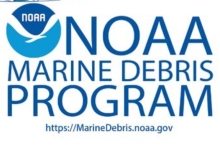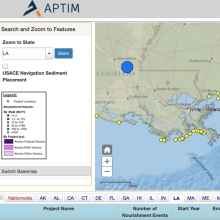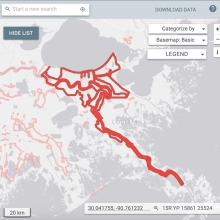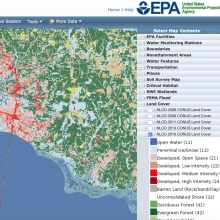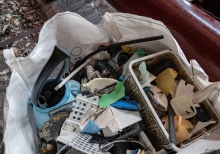New York Is Building A Wall
Staten Island recently received funding for a nearly 5-mile-long seawall to protect its coast. But the plan raises a lot of questions. We're living in a dangerously dynamic world: Hurricanes are getting worse, wildfires are rampant in California, extreme heat is melting roads in India, and sea levels continue to rise. Will a wall really be enough to protect our coastal cities?



